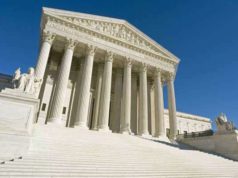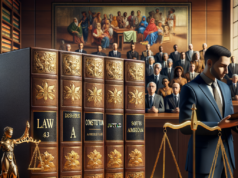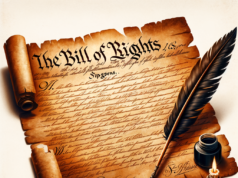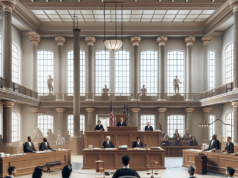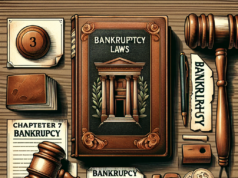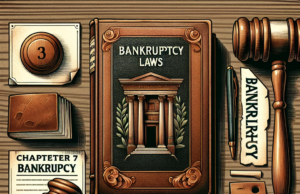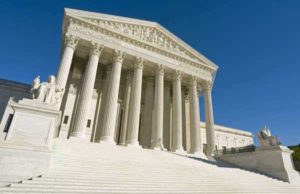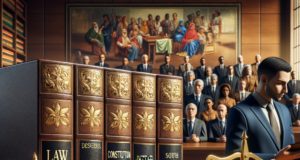In the ever-evolving landscape of law, landmark court rulings serve as pivotal moments that can redefine legal precedents and reshape societal norms. These decisions not only reflect the values and beliefs of the time but also set the stage for future legal interpretations and applications. As society grapples with complex issues ranging from civil rights to corporate accountability, understanding the impact of these rulings becomes essential for both legal professionals and the public. This article delves into the significance of landmark court decisions, exploring their implications, the reasoning behind them, and the role of public sentiment in influencing judicial outcomes.
Understanding the Impact of Landmark Court Rulings on Legal Precedents
Landmark court rulings often act as catalysts for change, establishing new legal standards that can have far-reaching implications. These decisions can either expand or restrict rights, influence legislative agendas, and alter the course of judicial interpretation. For instance, the Supreme Court’s ruling in Brown v. Board of Education (1954) not only desegregated public schools but also laid the groundwork for the Civil Rights Movement, demonstrating how a single decision can resonate through history. Similarly, rulings related to reproductive rights, such as Roe v. Wade (1973), have sparked ongoing debates and legal challenges, highlighting the dynamic nature of legal precedents. Understanding these impacts is crucial for grasping how the judicial system interacts with societal values and legislative frameworks.
Case Studies: Key Court Decisions That Redefined Justice in Modern Society
Several key court decisions have significantly redefined justice in modern society. One such case is Obergefell v. Hodges (2015), where the Supreme Court ruled that same-sex marriage is a constitutional right under the Fourteenth Amendment. This ruling not only affirmed the rights of LGBTQ+ individuals but also set a precedent for future cases related to marriage equality and civil rights. Another landmark decision, Citizens United v. Federal Election Commission (2010), altered the landscape of campaign finance by allowing corporations and unions to spend unlimited amounts on political campaigns. This ruling raised questions about the influence of money in politics and led to ongoing debates about the integrity of democratic processes. These cases exemplify how judicial decisions can catalyze social change and influence public policy.
Analyzing the Legal Reasoning Behind Controversial Court Rulings
The legal reasoning behind controversial court rulings often reflects the complexities of constitutional interpretation and the balancing of competing interests. In Shelby County v. Holder (2013), the Supreme Court struck down key provisions of the Voting Rights Act, arguing that the formula used to determine which jurisdictions required federal approval for changes to voting laws was outdated. Critics contended that this ruling undermined protections against racial discrimination in voting, while supporters argued it restored state sovereignty. Such cases illustrate the intricate legal arguments that underpin judicial decisions and the challenges courts face in addressing evolving societal contexts. Analyzing these rationales provides insight into the judicial philosophy that guides courts and the implications of their decisions.
The Role of Public Opinion in Shaping Judicial Outcomes and Precedents
Public opinion plays a significant role in shaping judicial outcomes and influencing legal precedents. While courts are designed to operate independently of political pressures, the prevailing attitudes of society can impact the decisions made by judges. For example, in cases involving contentious social issues, such as abortion or gun control, public sentiment can sway judicial interpretations and lead to shifts in legal standards. The Supreme Court’s decision in Roe v. Wade was, in part, a response to the growing movement advocating for women’s reproductive rights. Similarly, as public attitudes toward LGBTQ+ rights evolved, the Court’s rulings reflected this shift, culminating in the legalization of same-sex marriage. Understanding the interplay between public opinion and judicial decision-making is essential for comprehending the broader implications of landmark rulings.
Future Implications: How Recent Rulings May Influence Upcoming Legal Battles
Recent court rulings are likely to have profound implications for future legal battles, as they set new precedents that may be cited in subsequent cases. For instance, the Supreme Court’s decision in Dobbs v. Jackson Women’s Health Organization (2022), which overturned Roe v. Wade, has reignited debates over reproductive rights and could lead to a patchwork of state laws governing abortion access. This ruling may also embolden challenges to other established precedents, prompting a reevaluation of rights previously thought to be settled. As legal scholars and practitioners analyze these developments, it becomes evident that the ramifications of recent rulings will extend beyond the immediate cases, influencing the trajectory of legal discourse and advocacy efforts in the years to come.
The landscape of justice is continually shaped by landmark court rulings that reflect societal values and legal principles. As this article has explored, these decisions not only redefine legal precedents but also serve as a mirror to the evolving norms of society. The interplay between judicial reasoning, public opinion, and the implications of recent rulings underscores the dynamic nature of the legal system. As we move forward, it is essential to remain vigilant and engaged in the ongoing evolution of justice, recognizing that each court decision has the potential to influence the fabric of society for generations to come.



